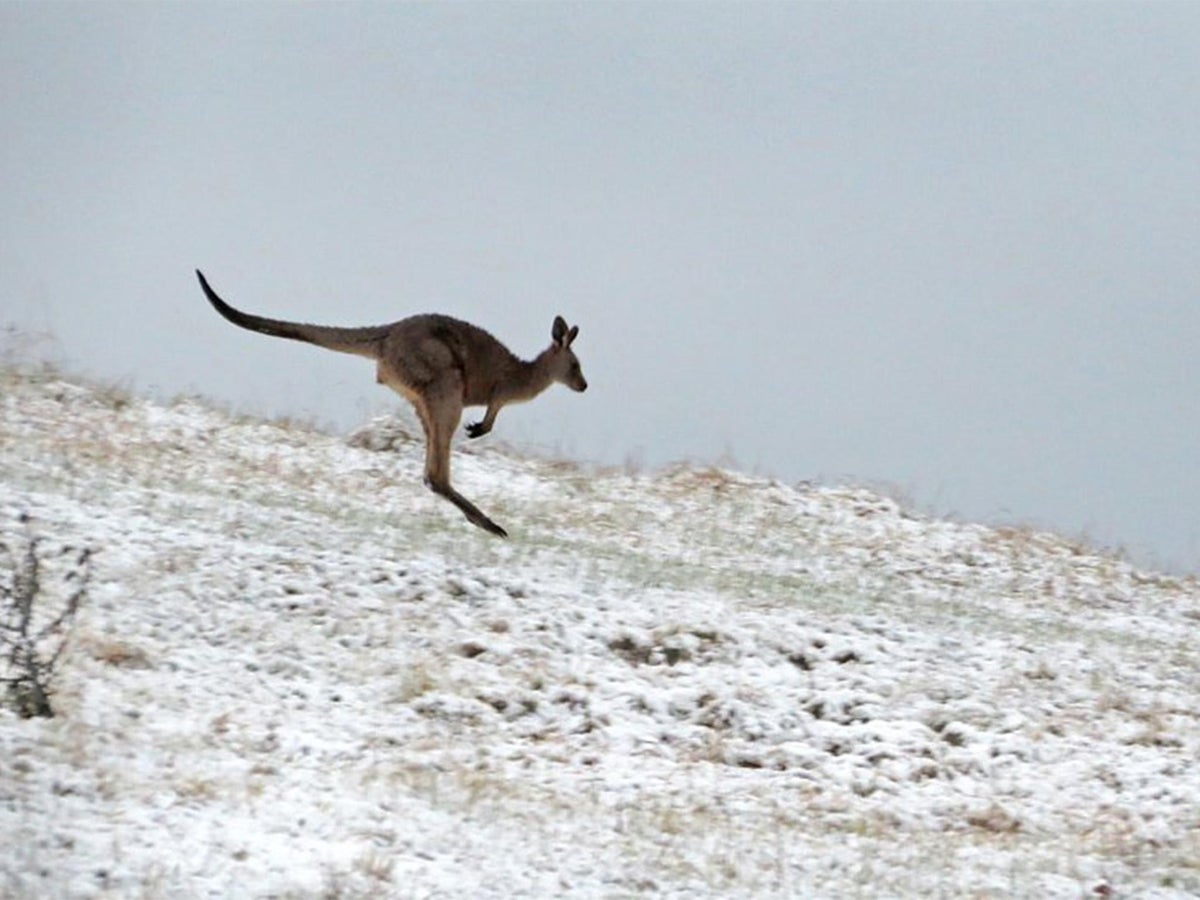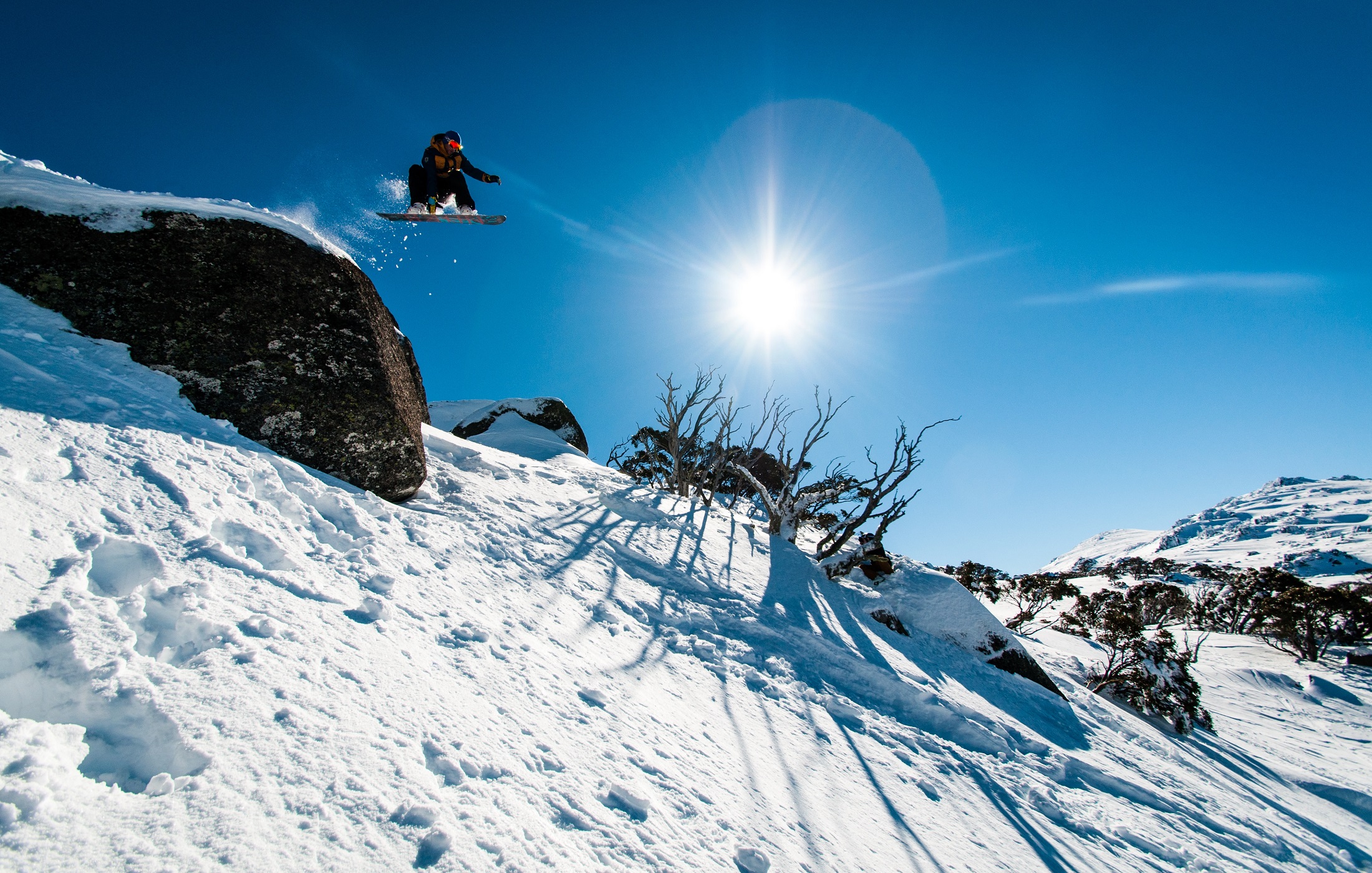Experience the Charm of Snow In Australia with Exciting Activities and Breathtaking Scenery
Wiki Article
Discover the Interesting Impacts of Snow in Australia on Local Ecological Communities
Regardless of its online reputation for sun-soaked landscapes, Australia likewise boasts areas blanketed by snow-- a phenomenon that greatly influences the nation's unique ecosystems. The protecting residential properties of snows safeguard flora and animals among the coldest winters, while the melting snow supports rivers and marine life. However, the actual marvel hinge on exactly how these chilly problems shape the nation's biodiversity and nutrient cycles. As we decipher this detailed connection, we locate ourselves walking on uncharted premises in Australia's high country.The Unexpected Areas of Snowfall in Australia
The high nation areas of New South Wales, Victoria, and Tasmania are especially recognized for their winter months snow. The Snowy Hills in NSW, for circumstances, receive abundant seasonal snow, offering a raw comparison to the nation's common hot, dry environment. The presence of snow in these regions substantially affects local ecological communities, ultimately affecting the nation's unique biodiversity.
How Snow Impacts Australia's One-of-a-kind Vegetation
While it may appear unusual, snowfall in Australia plays a vital function fit the nation's unique flora. The snow-filled winter seasons foster durability in Australian plant varieties. This is specifically noticeable in the sub-alpine and towering areas, where snow periodontals and hill plum-pines grow. These plants have developed to survive in extreme problems, with snow working as a protective blanket from rough winds and freezing temperatures. The snow likewise adds to the moisture material of the soil, offering necessary hydration for plant during the completely dry summertime. Basically, the snow influences the timing of flowering and seed dispersal, the development rates, and the survival of many plant species, showcasing the intricate interaction in between climate and flora in Australia.
The Adjustments of Australian Animal to Snowfall
Equally as Australia's vegetation has actually adapted to the wintery problems, the neighborhood fauna also, show amazing adaptations to the snowfall. Types like the Mountain Pygmy-possum, the only Australian marsupial understood to hibernate, have actually advanced approaches to survive in snowy environments. It utilizes the snow as insulation, hibernating in rock crevices under the snow to stay cozy. In a similar way, the Snow In Australia Snow Skink, a types of lizard, transforms its colour to white during winter season, providing camouflage versus predators. Birds such as the Snowy Mountains' Crimson Rosella also change their diets to eat offered food resources during cooler periods. Thus, regardless of the extreme problems, Australian fauna shows a resilient and flexible nature, guaranteeing their survival in areas experiencing snowfall.The Duty of Snow fit Neighborhood Ecological Communities
Fit the local ecosystems, the role of snow in Australia is both profound and multilayered. It affects the distribution of plants and fauna, greatly defining the biodiversity of towering and sub-alpine regions. Snow supplies a vital water source, feeding rivers and storage tanks as it melts, hence sustaining a range of water life kinds. Furthermore, snow functions as an insulator, securing ground-dwelling microorganisms from extreme cold. It plays a considerable function in soil formation and nutrient cycling. The periodic cold and thawing of dirt generated by snowfall fosters the malfunction of rocks, improving dirt fertility. Subsequently, the existence of snow forms the plants patterns, animal actions, and total sustainability of Australia's unique ecological communities. Does It Snow In Australia.
The Future of Snowfall in Australia: Forecasts and Implications

Given the essential role snow plays fit local ecosystems, the future of snowfall in Australia is attracting enhancing focus from environmentalists and scientists. Existing environment designs predict a considerable decline in snowfall as a result of worldwide warming, with possibly profound influence on neighborhood ecological communities. Less snow can lead to minimized water accessibility in towering regions, detrimentally influencing wild animals environments and plant life. It might change the timing of seasonal modifications, interrupting the life cycles of many native varieties. The tourism sector, greatly reliant on the winter season snow season, may likewise encounter considerable obstacles. Consequently, understanding these forecasts and their ramifications is critical to develop reliable conservation methods, ensuring the preservation of Australia's distinct biodiversity and the sustainability of its economic climate.
Conclusion
The role of snow in Australia's ecological communities is essential yet frequently ignored. It serves as a guard, a nurturer, and a shaper of varied towering varieties, adding to the richness of Australia's high country. As weather patterns continue to shift, comprehending the effects and prospective changes of these snow-influenced communities is essential. Therefore, the snow in Australia is greater than a natural phenomenon; it's a vital player in the country's ecological narrative.Regardless of its credibility for sun-soaked landscapes, Australia additionally boasts areas blanketed by snow-- a phenomenon that profoundly influences the country's distinct communities. It uses the snow as insulation, hibernating in rock crevices below the snow to remain warm - Does It Snow In Australia.In shaping the neighborhood ecosystems, the function of snow in Australia is both multilayered and extensive. The existence of snow forms the greenery patterns, pet actions, and general sustainability of Australia's special ecosystems
Offered the vital function snow plays in shaping local communities, the future of snowfall in Australia is drawing boosting attention from conservationists and researchers.
Report this wiki page